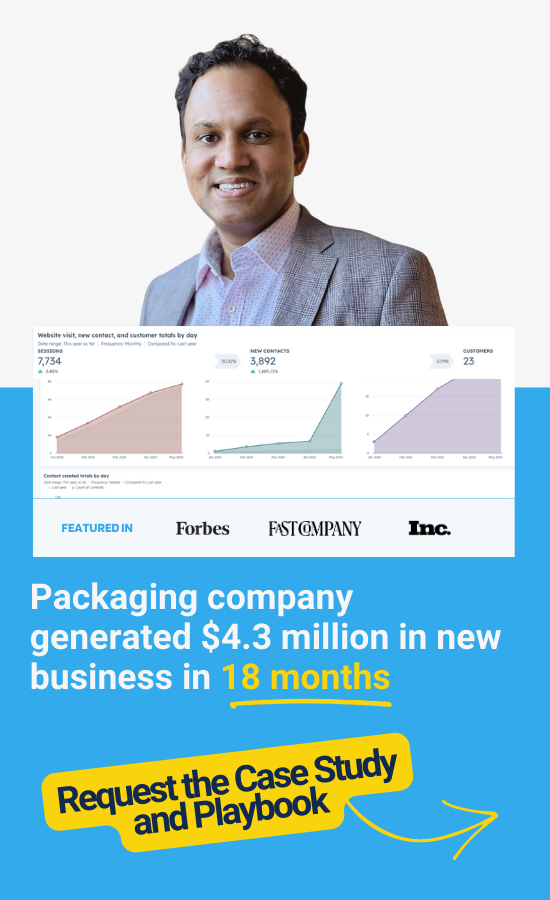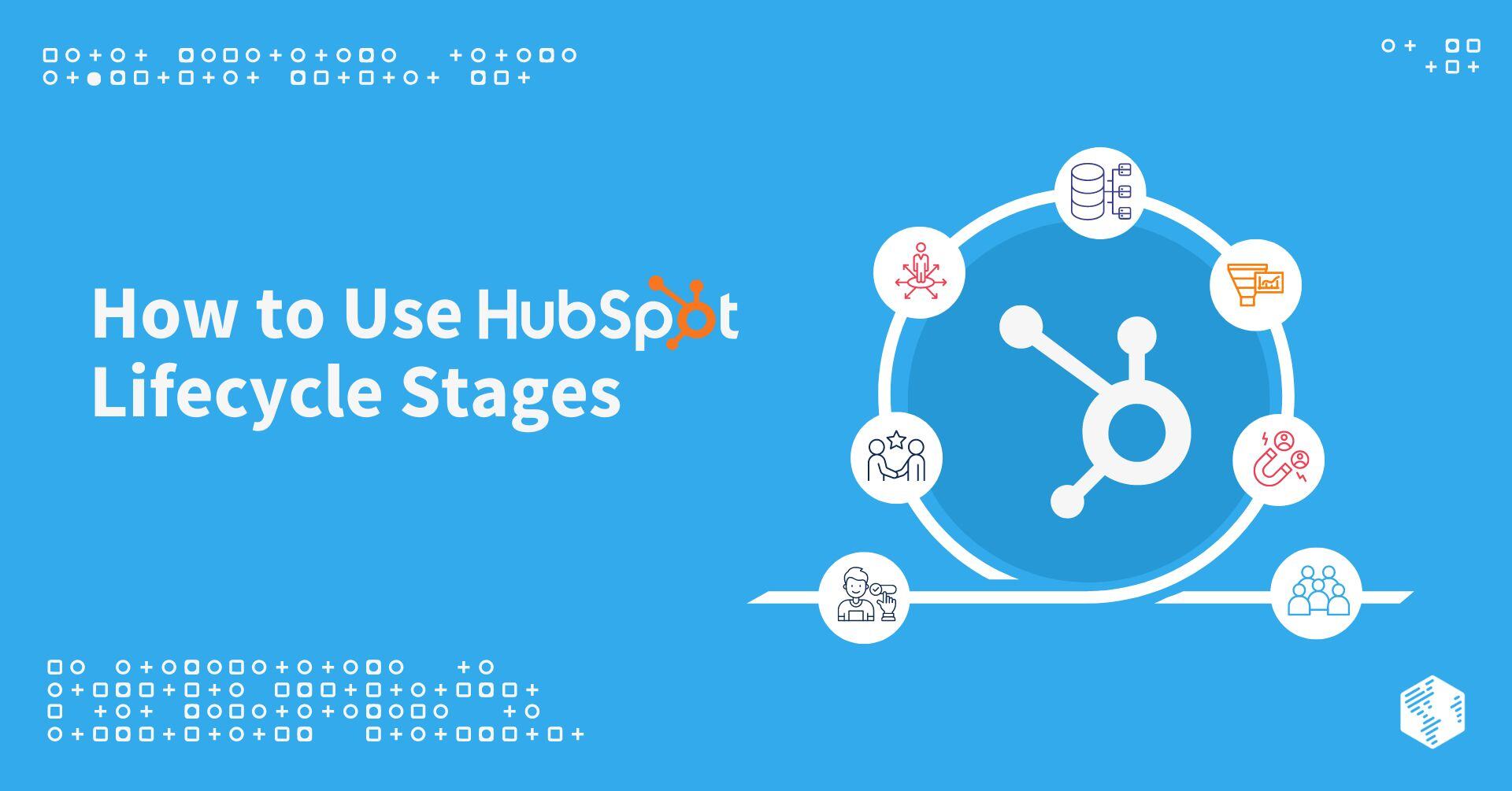Table Of Contents
To achieve success in sales and marketing, you must prioritize building and nurturing strong relationships with your customers. This means going beyond just focusing on closing a sale and instead, taking the time to understand the needs and preferences of each individual. By building trust and rapport with customers, you create a loyal customer base that not only returns for repeat business but also refers others to your products or services.
The HubSpot lifecycle stage property feature is a beneficial tool for streamlining relationship-building efforts across sales and marketing teams. This tool assists in clearly outlining the stage of the buying process for each lead, offering valuable insights for teams to customize their communication and follow-up strategies accordingly.
Knowing these stages can improve how you track and manage your customer’s journey, from awareness to advocacy. This isn’t just about keeping tabs on leads and customers; it’s about nurturing relationships to drive growth and profitability.
What Are HubSpot Lifecycle Stages?
HubSpot lifecycle stages categorize your contacts and companies based on their current position in your marketing and sales processes. This categorization is crucial as it helps you understand where a specific contact or company is in your processes, facilitating better handoffs between marketing and sales teams. Here’s a breakdown of the key lifecycle stages:
- Subscriber: Individuals who have shown interest in your content, such as blog readers or newsletter subscribers. They are at the beginning of their journey and are not yet ready to engage with sales.
- Lead: Subscribers who have engaged with your content or shown interest in your offerings. They have moved beyond the initial stage and may need nurturing before they are ready for sales interaction.
- Marketing Qualified Lead (MQL): Leads that have interacted with your marketing efforts and meet certain criteria indicating they are more likely to become customers. They are ready for more direct marketing efforts to move them closer to a purchase decision.
- Sales Qualified Lead (SQL): These are MQLs that have been evaluated by the sales team and deemed ready for direct sales engagement. These leads are further along in the buying process and show a higher likelihood of converting to customers.
- Opportunity: SQLs that have entered the sales process and are being actively pursued by the sales team. They represent potential deals that are in the negotiation or proposal stages.
- Customer: Contacts or companies that have made a purchase. At this stage, the focus shifts to delivering excellent service and fostering a positive relationship to encourage repeat business and referrals.
-
Evangelist: Customers who are highly satisfied with your products or services and actively promote your brand. They are your brand advocates, providing testimonials, referrals, and positive reviews. - Other (Optional): Some businesses may add custom stages to fit their unique processes, such as “Inactive Lead” or “Lost Opportunity,” to better track and manage contacts and companies that do not fit neatly into the standard stages.
Accurately assigning lifecycle stages ensures that you can track how contacts or companies progress through your sales funnel. This tracking is essential for maintaining a clear view of your sales pipeline and for ensuring that marketing and sales efforts are aligned.
Benefits of HubSpot Lifecycle Stages
HubSpot lifecycle stages can transform how you manage your sales and marketing processes. By categorizing contacts based on their journey, you gain insights that help align your teams and personalize your outreach. For example:
| Benefit | Description |
|---|---|
| Improved Tracking and Management | Lifecycle stages help you keep track of where each contact or company is in your sales and marketing process. This clarity allows for more targeted and effective communication. |
| Enhanced Marketing and Sales Alignment | By clearly defining where leads are in their journey, marketing and sales teams can work together more efficiently. Marketing can nurture leads until they are ready for sales, and sales can focus on leads that are primed for conversion. |
| Personalized Communication | Knowing the lifecycle stage of a contact allows you to tailor your messaging and offers. Personalized communication increases the likelihood of engagement and conversion. |
| Better Resource Allocation | Lifecycle stages help you allocate resources more effectively. By understanding where leads are in the process, you can prioritize efforts on high-value opportunities and optimize your marketing and sales strategies. |
| Data-Driven Decisions | Lifecycle stages provide valuable insights into your sales and marketing processes. Analyzing this data helps identify bottlenecks, optimize strategies, and make informed decisions to drive growth. |
HubSpot lifecycle stages help you create a seamless experience for your customers and a more efficient process for your team. This strategic approach not only strengthens customer engagement but also positions your business for long-term success and growth.
HubSpot Lifecycle Stage Best Practices for Better Lead Management
Effectively managing lifecycle stages in HubSpot is crucial for streamlining your marketing and sales processes. One of the most effective features is the ability to define and customize stages to match your unique sales funnel. However, many businesses struggle to set up stages effectively. Follow these best practices to get more value from your lifecycle stages:
- Map Your Existing Processes First: Before configuring anything in HubSpot, thoroughly document your current business model’s sales funnel and buyer journey. How do leads flow from first contact to becoming customers? Map out every touchpoint, handoff, and milestone. Understanding your real-world processes prevents creating disconnected lifecycle stages.
- Keep Customization Simple: While HubSpot allows creating custom stages beyond the defaults like Lead and Customer, resist overcomplicating. Too many stages can make your funnel confusing and difficult to manage. Only create new stages if you have a clear definition, goal, and transition criteria separating it from existing stages.
- Automate Stage Updates: Manually updating stages is tedious and prone to errors. Leverage HubSpot’s workflow automation to automatically progress contacts through stages based on triggers like form submissions, page views, email clicks, and sales activities. You can also use hidden form field values to assign stages when contacts convert on forms.
- Nurture with Targeted Emails: Use defined lifecycle stages to build automated nurturing workflows deploying tailored email content designed to move prospects through your funnel. Segment audiences into dynamic lists based on their current stage, then create stage-appropriate content like ebooks, guides, or sales decks.
- Display Smart Content: HubSpot’s smart content functionality adapts website content and calls-to-action to match each visitor’s stage. Early-stage leads may see educational top-of-funnel content, while sales-qualified visitors can be prompted with demos or sales conversations.
- Analyze Funnel Performance: Don’t just set up stages and forget them. Configure funnel analytics reports to continually monitor stage performance and lead quality. These insights highlight strengths, uncover friction points, and inform optimizations to your lead nurturing approach.
By properly configuring and leveraging HubSpot’s lifecycle stages, you can automate sales and marketing processes, deliver relevant messaging, gain visibility into funnel bottlenecks, and ultimately drive more efficient lead conversion.
Optimizing HubSpot Lifecycle Stages in Your B2B Strategy
Incorporating HubSpot lifecycle stages into your B2B sales and marketing strategies is essential for optimizing your processes and building strong customer relationships. This approach isn’t just about tracking leads; it’s about understanding and nurturing them at every stage of their journey. Customizing these stages to fit your specific business needs ensures that your teams are aligned and your communication is effective. This enhances your operational efficiency and fosters meaningful interactions that drive growth and loyalty.
Remember, the goal is to create a seamless experience for your customers and a cohesive strategy for your team, ultimately positioning your business for long-term success. Schedule a consultation with our OneIMS team and we will help you refine your approach and ensure your business leverages HubSpot lifecycle stages to their fullest potential.






